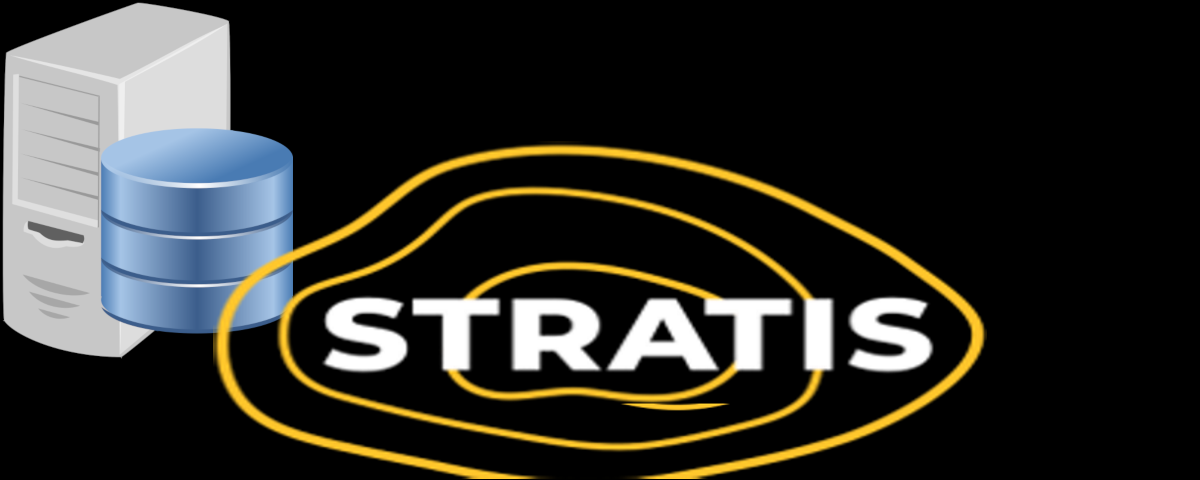
The Red Hat developers together with the Fedora community, recently announced the launch of the new version of the project stratis 2.1 which comes after 7 months of working together and in which, the work focused on the support for partition encryption using LUKS2.
For those unfamiliar with Stratis, you should know that this is a daemon developed by Red Hat and the Fedora community to unify and simplify user space settings which configures and monitors existing components of the underlying Linux storage components of LVM volume management and XFS file system over D-Bus.
In many ways, the system repeats its advanced ZFS and Btrfs partition management tools, but is implemented as a layer (stratisd) that works on top of the Linux kernel-device-mapper subsystem (modules dm-thin, dm-cache, dm-thinpool, dm-) dm incursion and integrity) and the XFS file system.
About Stratis
Stratis provides ZFS / Btrfs style features by integrating layers of existing technology- The Linux device mapper subsystem and the XFS file system. The stratisd daemon manages collections of block devices and provides a D-Bus API.
Stratis-CLI provides a command line tool Stratis, which in turn uses the D-BUS API to communicate with stratisd.
Unlike ZFS and Btrfs, Stratis components work only in user space and they do not require loading specific kernel modules. The project was initially presented as not requiring the management of a storage systems expert to manage the ratings.
D-Bus API and cli-utility are provided for management. Stratis has been tested with block devices based on LUKS (encrypted partitions), mdraid, dm-multipath, iSCSI, LVM logical volumes, as well as various hard drives, SSDs and NVMe drives.
What's new in Stratis 2.1?
This new version of the project is notable for adding support to manage partition encryption using LUKS2, which is a very simple implementation to be used for the management of partitions and encrypted storage units in GNU / Linux.
This type of encryption is recommended for use on devices mobiles, laptops and devices storage whose information you want to protect in case of loss or theft.
Another of the changes that are integrated in Stratis 2.1 is that the daemon now handling encryption support, closing a series of reports / requests errors about such functionality considering other modern Linux file systems that offer easy-to-manage encryption support.
It also highlights the D-Bus Report interface to generate reports in JSON format, as well as the rewritten device ID and initialization code.
Of the other changes that stand out from this new version:
- Dynamic verification that the version of the stratisd daemon
- Fixed an error in the generation of an error message that could be generated, as well as the improvement of error messages in certain cases
- Blackbox testing improvements
It is also mentioned that features like RAID, data compression, deduplication and fault tolerance are not yet supported, but they are planned for the future.
Finally if you want to know more about it about this new version, you can check the list of changes In the following link.
How to install Stratis?
Stratis is available for RHEL, CentOS, Fedora and derivatives. Its installation is quite simple, since the package is inside the RHEL repositories as well as its derivatives.
In order to install Stratis just run the following command in a terminal:
sudo dnf install stratis-cli stratisd -y
Or you can also try this other:
sudo yum install stratis-cli stratisd -y
Once installed on the system, must enable Stratis services, they do this by executing the following commands:
sudo systemctl start stratisd.service
sudo systemctl enable stratisd.service
sudo systemctl status stratisd.service
For more information on configuration and use, you can visit the following link. https://stratis-storage.github.io/howto/